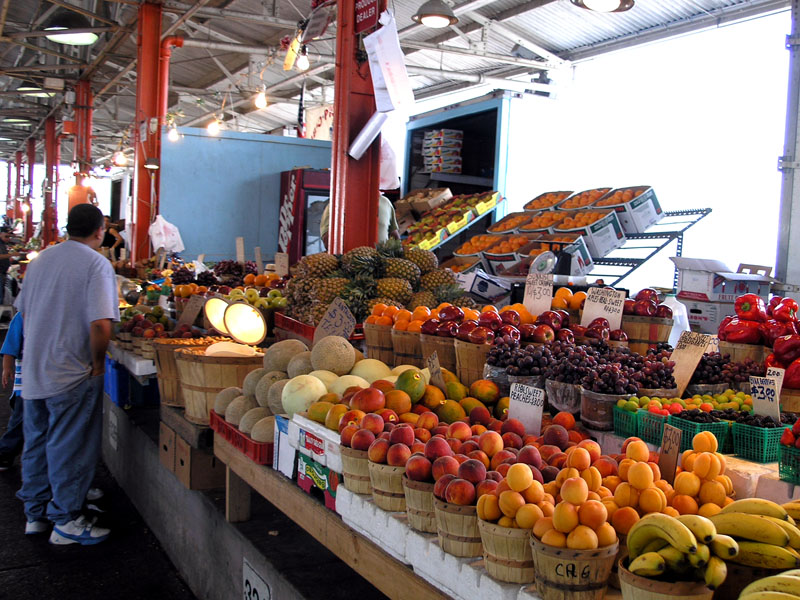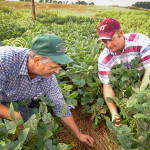Another Summer Ends with a Slight Decline in the Popularity of Farmers Markets
The U.S. Department of Agriculture reports that the farmers market boom over the past decade may be slowing down – just a bit. The USDA also reports that food sales at local farm stands, markets, and other similar venues are also waning.
The USDA reported in January that food sales at farmers markets dropped one percent from 2007 to 2012 after increasing between 32 to 37 percent from 1997 to 2006. And while the number of farmers markets continues to grow, that growth has slowed down considerably in the past two years, increasing by only two percent.
Despite this trend, the number of farmers selling directly to consumers continues to rise. What’s more, this slight downturn in the popularity of farmers markets may actually be a good thing for farmers. Consumers and farmers list the following upsides to the slowing of the skyrocketing popularity of farmers markets:
- Farmers markets aren’t particularly cost-effective. Farmers markets offer slim profit margins, especially when you consider the work it takes to prepare for them. Plus, most farmers would rather be farming, not necessarily marketing their food.
- Farmers can make more money when they sell their food directly to schools, grocery stores, or co-ops. This is a win-win situation because it means people still want locally-grown food but are willing to look for it in places other than just farmers markets.
- Buying local at bigger stores is now an option for consumers. While everyone would love to buy fresh local food straight from the farm, times are tight. That means many consumers simply can’t afford to pay the premium prices that some farmers markets charge. Whether or not it is true, people perceive that grocery store food is cheaper. Now they are able to get local food at grocery store prices.
As is the case with everything to do with farming, ingenuity is key. Therefore, while farmers markets continue to be popular, most farmers realize that they need to sell their goods in a variety of ways. That means selling delicious, healthy foods to co-ops, big grocery store chains, schools, and, of course, to community members at the local farmers market.



